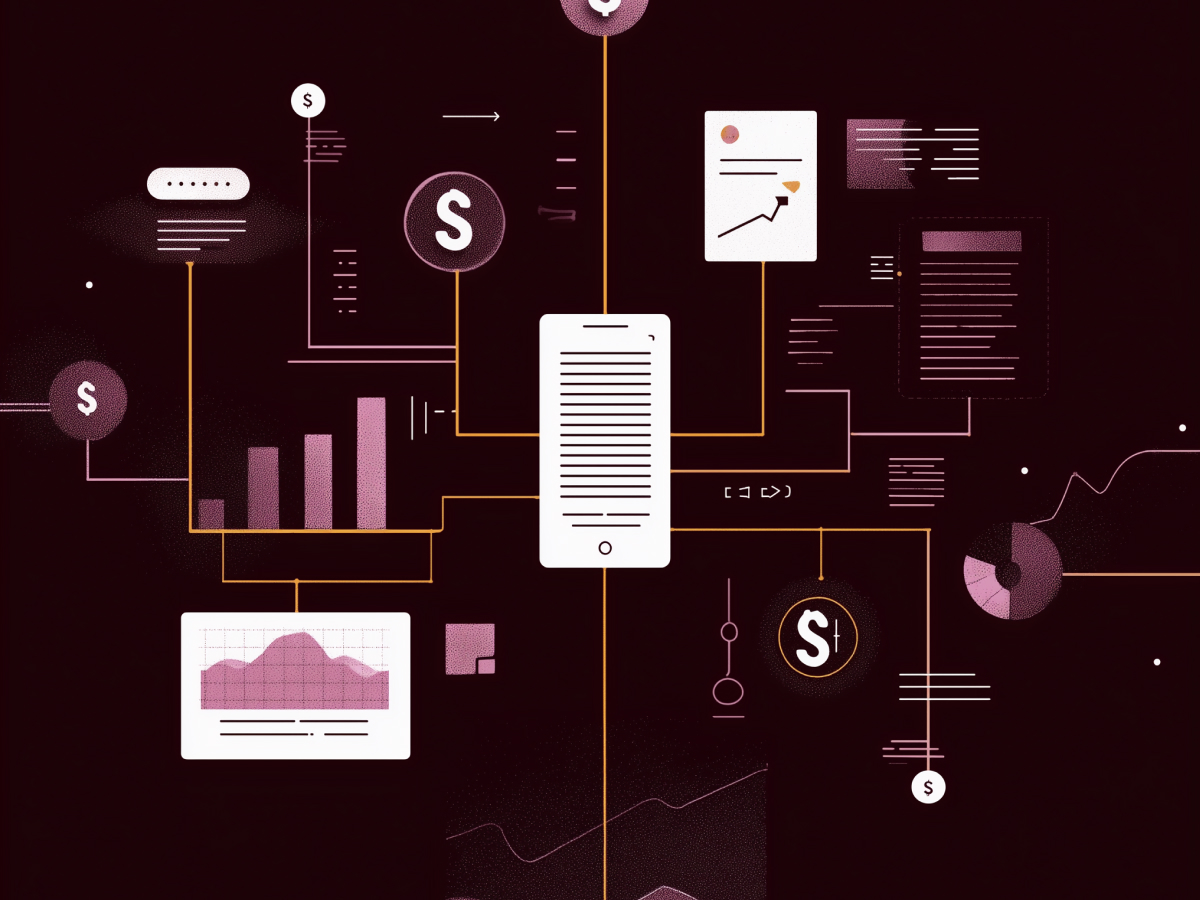Retailers increasingly rely on advanced technology to satisfy the growing demands of customers and optimize their internal operations. As the market becomes more competitive, technologies such as AI, robots, and data analytics are proving key to help companies manage tasks more efficiently.
Despite these technological gains, issues persist. Inventory management remains a notable challenge, with errors in stock tracking sometimes leading to overstocking or waste, which these systems were initially designed to prevent.
A study by Salesforce highlights that 60% of consumers now expect personalized shopping experiences, and the ability to deliver these experiences efficiently is often dependent on how well a company uses its technology. For retailers, this means that investing in advanced tech is not just an advantage but a necessity to stay competitive and meet customer expectations.
AI and data are the secret weapons for smarter retailing
AI-powered tools and data analytics are rapidly advancing retail decision-making capabilities. These technologies are designed to simplify processes that once required manual effort.
Automation is one such tool, helping retailers optimize everything from customer service interactions to inventory flow. In customer support, AI-driven chatbots and virtual assistants respond to inquiries faster, while freeing human agents to handle more complex issues.
Data analytics, on the other hand, informs strategic decisions with insights drawn from large sets of customer and sales data. Retailers can now predict market trends, understand customer behavior, and adjust their offerings to align with these insights in real time.
Precision in targeting customers is key, as it gives personalized product recommendations, tailored discounts, and marketing offers that resonate with individual shopper preferences, driving both engagement and sales.
How AI and machine learning are crafting hyper-personalized shopping experiences
AI and machine learning (ML) provide retailers with the tools to predict what customers want before they know it themselves. Modern systems analyze historical data, identifying shopping patterns, preferences, and behavior to create personalized experiences.
Personalized experiences are key to customer retention and loyalty. In fact, personalization directly impacts loyalty, with studies showing that consumers are more likely to return to brands that cater to their individual preferences.
When getting the most out of AI and ML, retailers can build deeper relationships with their customers, turning one-time buyers into repeat shoppers and ultimately improving lifetime value.
Merging tech with legacy systems without losing the human touch
Despite the advantages of new technology, many retailers face hurdles when it comes to integrating these systems with their existing infrastructure. Most legacy systems are not designed to handle modern AI algorithms or large-scale data analytics, making it costly and complex to introduce new technologies.
Retailers must balance the immediate costs of integration with the long-term benefits, all while making sure that their operations are not disrupted during the transition.
Scalability is another issue, as retailers need systems that can grow alongside their customer base. As consumer demands shift, retailers often find their legacy systems stretched to the limit, unable to keep up with the increasing need for real-time data processing and automation.
Retailers who navigate these challenges successfully position themselves to outpace competitors still bogged down by outdated technologies.
Keeping the human element matters
While automation brings efficiency, an overdependence on it can alienate customers. Consumers still value human interactions, particularly when it comes to complex or emotional scenarios like complaint resolution or troubleshooting.
Relying solely on automated systems in these situations risks creating friction, as customers often feel their concerns aren’t fully understood or addressed.
Retailers must strike a balance, using automation for tasks like basic customer inquiries or transactional processes while reserving human agents for more nuanced, empathy-driven engagements.
A hybrid approach makes sure that technology increases efficiency without sacrificing the human touch that can make or break customer relationships.
New tech is giving everyone a competitive edge
Major retailers are at the forefront of using augmented reality (AR) and automation to create unique shopping experiences. Lowe’s, for example, has integrated AR into its home improvement services, letting customers visualize how furniture or appliances will look in their homes before making a purchase. Similarly, Sephora uses virtual try-on technology, letting shoppers test makeup products digitally, reducing the need for physical samples.
Walmart is ramping up its automation efforts in an ongoing battle with Amazon for market dominance. When automating more of its supply chain and warehousing processes, Walmart aims to reduce labor costs and increase the speed of deliveries, giving it an edge in the fiercely competitive retail space.
AI is boosting revenue for retail underdogs
AI is not just for the retail giants, smaller companies like Tecovas are also reaping the benefits. Tecovas uses AI-powered SMS marketing to target customers with personalized messages, increasing its site traffic and sales.
Tecovas reported a 14X return on investment (ROI) from its AI-driven SMS targeting strategy, a remarkable achievement for a smaller retailer.
For smaller businesses with limited resources, AI helps simplify customer relationship management (CRM) tasks, automating processes such as audience segmentation, which would typically be both time-consuming and prone to human error.
Investing in AI has meant that smaller retailers like Tecovas are now able to compete with larger companies and are thriving, demonstrating that AI levels the playing field across the retail landscape.
AI-powered holidays
The holiday season is a key time for retailers, and AI is proving to be a game-changer in marketing strategies. Tecovas plans to use AI-powered SMS messaging heavily during the holidays to cut through the marketing noise and reach customers with personalized offers.
AI-powered messaging helps retailers stand out in a crowded market, particularly when customer attention is fragmented.
With AI, retailers can shift away from mass marketing tactics to targeted, personalized campaigns that engage shoppers based on their previous interactions and preferences. A tailored approach is especially effective during high-traffic shopping seasons, where personalized messages have a greater chance of conversion than generic “batch and blast” promotions.
AI-powered fulfillment is the future of fast retail
Automation is transforming fulfillment operations, and autonomous mobile robots (AMRs) are leading the charge. Companies like Mytra and Stitch Fix are deploying AMRs to optimize their warehouse logistics, reducing the time it takes to process and fulfill orders.
AMRs are particularly valuable in large-scale warehouses, where they navigate complex layouts to transport goods more efficiently than human workers.
At Stitch Fix, the use of AMRs has improved operational speed and helped the company to expand into new markets. When using robots to handle the fulfillment process, Stitch Fix was able to scale its business to include men’s and children’s clothing and even launch in the UK market, all without dramatically increasing labor costs.
Modular automation is the secret to surviving retail demand swings
In order to address the unpredictable nature of retail demand, companies like Mytra are turning to modular automation. Modular “cells” can be easily reconfigured to meet changing demands, allowing retailers to respond quickly to spikes or drops in order volumes.
Such flexibility helps companies avoid the pitfalls of either overstaffing or understocking during seasonal or unexpected demand shifts.
Having the ability to adapt warehouse configurations on the fly improves fulfillment times and reduces real estate and labor costs. In an industry where timing and efficiency are paramount, modular automation provides retailers with the agility needed to thrive.
Pandemic-proofing retail
The pandemic wreaked havoc on global supply chains, causing widespread disruptions that led to inventory shortages, overstocking, and panic buying. Retailers scrambled to adjust to these rapid changes, with many struggling to meet demand or dealing with excessive stock levels due to shifting consumer behavior. Lockdowns, fluctuating consumer demand, and transportation delays all contributed to the chaos.
Retailers that had invested in automation and real-time data systems prior to the pandemic found themselves in a better position to weather the storm. Those who lacked these systems faced longer recovery times and greater inefficiencies in managing their supply chains.
From overstocking to optimization
Retailers are now pushing hard for real-time inventory visibility to prevent overstocking or understocking. Predictive analytics systems can help companies manage their inventory more efficiently by providing insights into buying patterns and forecasting future demand.
New technology helps retailers respond proactively to changes in demand, optimizing stock levels and reducing costs. With real-time data, companies can fine-tune their inventory across their supply chains, making sure that they always have the right amount of stock to meet customer demand without the risk of excess inventory sitting idle in warehouses.





